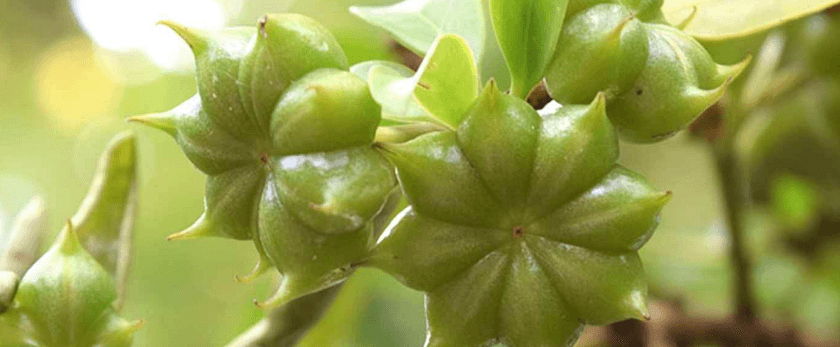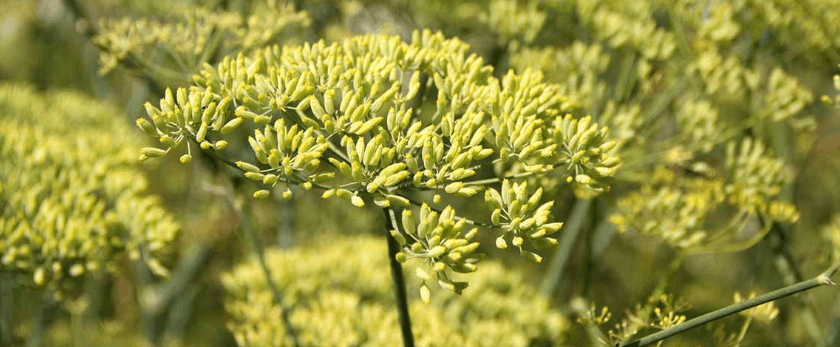Anise, also known as aniseed, is a popular herb that is commonly used in cooking and herbal remedies. It has a licorice-like flavor and is often used in dishes such as soups, stews, and baked goods. Not only is anise delicious, but it also has many health benefits, including aiding digestion and relieving coughs and colds.
If you're interested in growing your own anise, you're in luck! Anise is relatively easy to grow and can be grown in a variety of climates. In this article, we'll discuss how to care for anise, the best time to grow it, and common problems you may encounter. By following these tips, you'll be on your way to growing a healthy and thriving anise plant.
How to Care for Anise
Watering
Anise plants prefer consistently moist soil, but they don't like to be waterlogged. It's important to keep the soil evenly moist, but not soggy. You can achieve this by watering your anise plant once or twice a week, depending on the weather and the moisture level of the soil.
During hot and dry weather, you may need to water your anise plant more frequently. On the other hand, during cooler and wetter weather, you may need to water less often. It's important to monitor the soil and adjust your watering schedule accordingly.
Light
Anise plants thrive in full sun, but they can also tolerate partial shade. If you're growing anise indoors, make sure to place it in a sunny spot near a window. If you're growing anise outdoors, choose a spot that receives at least 6 hours of sunlight per day.
Soil
Anise plants prefer well-draining soil that is rich in organic matter. You can achieve this by mixing compost or aged manure into the soil before planting. Anise also prefers a slightly acidic soil with a pH level between 5.5 and 6.5.
Fertilizer
Anise plants don't require a lot of fertilizer, but a light application of a balanced fertilizer can help promote growth. You can fertilize your anise plant once a month during the growing season. Avoid over-fertilizing, as this can lead to weak and leggy plants.
Pruning
Pruning anise plants is not necessary, but it can help promote bushier growth and prevent the plant from becoming too tall and spindly. You can prune your anise plant by pinching off the tips of the stems. This will encourage the plant to branch out and produce more foliage.
What is the Best Time to Grow Anise?
Anise can be grown year-round in warmer climates, but it is best to plant it in the spring after the last frost. If you live in a colder climate, you can start your anise seeds indoors 6-8 weeks before the last frost and transplant them outdoors once the weather warms up.
Anise is a fast-growing plant and can be harvested within 3-4 months of planting. You can continue to sow anise seeds every few weeks to ensure a continuous harvest throughout the growing season.

Common Problems with Anise
While anise is a relatively easy plant to grow, it can still encounter some common problems. Here are a few issues you may encounter and how to address them:
- Pests: Anise plants are relatively pest-resistant, but they can still be susceptible to aphids, caterpillars, and mites. You can control these pests by using natural methods such as handpicking, spraying with a mixture of water and dish soap, or introducing beneficial insects like ladybugs.
- Diseases: Anise plants can be prone to fungal diseases such as powdery mildew and root rot. To prevent these diseases, make sure to provide adequate air circulation and avoid over-watering. If your plant does become infected, you can treat it with a fungicide.
- Bolting: Bolting is when a plant prematurely produces flowers and seeds. This can happen to anise plants if they are exposed to high temperatures or if they are not harvested regularly. To prevent bolting, make sure to harvest your anise regularly and provide some shade during hot weather.
Conclusion
Growing anise is a rewarding experience that can provide you with a delicious and beneficial herb. By following these tips on how to care for anise, the best time to grow it, and how to address common problems, you'll be on your way to growing a healthy and thriving anise plant. Remember to always use responsible disposal methods for any plant waste to ensure a sustainable future for our planet. Happy growing!










